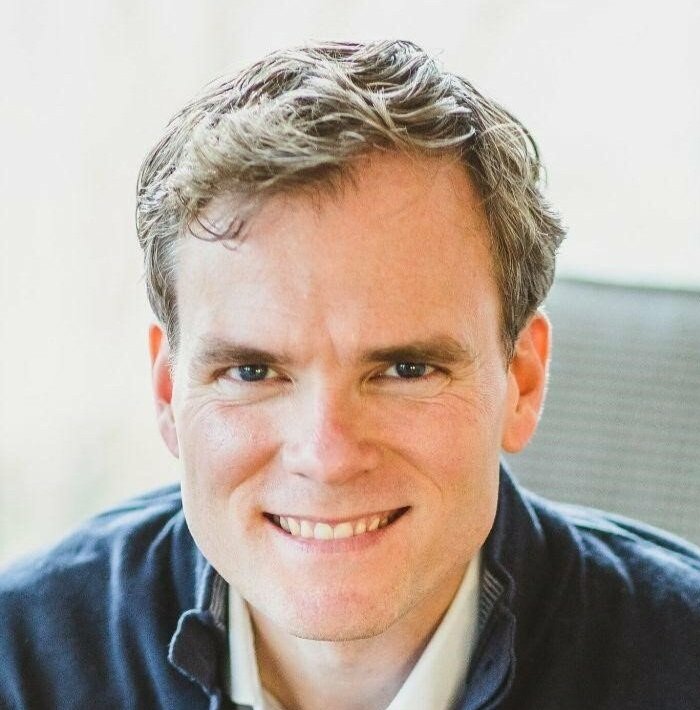The following is an excerpt from a sermon preached on the Fifth Sunday in Lent.
The story of St. Patrick is a lot more compelling than our celebrations of him.
In some ways, Patrick’s situation was like ours today. The Roman Empire had become largely Christian; however, during Patrick’s time (as is the case now), Christianity was in decline. Patrick’s grandparents were devout Christians. His parents were sort of nominal Christians. Patrick wasn’t much of a Christian at all.
When he was 16, he was captured by barbarians and taken from his home in Britain into slavery in Ireland. This is the part of the story that’s not as close to ours—although many of us have been unknowingly captured by a university financial aid officer who convinced us to take on student loans.
As a slave, Patrick spent most of his time outdoors tending cattle. (We most often spend our days indoors tending computers under florescent lighting). During his slavery, Patrick began to sense the presence of God in the winds and in the landscape. He remembered the faith of his grandparents and he had a sort of spiritual awakening. He began to pray daily and eventually he was praying hundreds of times a day.
It was during this time that Patrick had a dream that he escaped from slavery. He took it as a sign from God and he snuck onto a ship bound for Britain or France—we’re not sure—and from there, he probably found his way to a monastic community where he began studying for the priesthood.
Patrick spent much of the next 25 years as a minister in local churches in Britain until he had another dream, where he was called to return to Ireland to sow the seeds of the Christian faith among the people who had enslaved him.
Most of his ministry colleagues thought this was odd. There were barely any Christians in Ireland. No church had extended a ‘call’. Most of the people in Ireland were barbaric. They didn’t know the basics. They weren’t civilized. And that’s exactly why he wanted to go. He didn’t go to make the Church credible to the culture, he went to make the culture credible to the Church.
In The Celtic Way of Evangelism, George Hunter writes that Patrick “went to the people, lived among them, learned from them and learned to love them.” He started with what they knew instead of what he knew—and he built upon the foundation that they had.
One of the best preserved examples of this is the Celtic cross.
The Celts were pagan people. Among other things, they worshipped the sun. Now most of us think that it’s wrong to worship the sun. Patrick thought, “How marvelous! They worship the sun.” So he told them about the one who made the sun and then about the one who said “I am the light of the world.”
Over time, the symbol for the sun, became emblazoned with the cross of Christ because Patrick was patient enough to show the world that it’s not the church.
St. Patrick didn’t move into a village with the desire to conquer the village. He moved in, lived among them and learned to love them. Patrick’s followers were called the Green martyrs because they became followers of Jesus without coercion or bloodshed.
Today we call that organic.
Rather than separating themselves from the culture—the Celtic Christians moved into the culture. Over time, their little monastic communities became the center of culture. They didn’t put up fences to keep people out. Their communities were like wells that drew people in.
Who do you weep for on your way to Jerusalem? Live among them. Learn from them. Love them and invite Jesus into it. You’re not alone. You’re part of the church.
The God of mission has a church in the world and he wants to share us with others.
Because he shares himself with us.
Gannon Sims is Director of Communications and Networking for Fresh Expressions US. He lives in Fredericksburg, Virginia where he works to bring Fresh Expressions of Church to the collegiate community at the University of Mary Washington.


